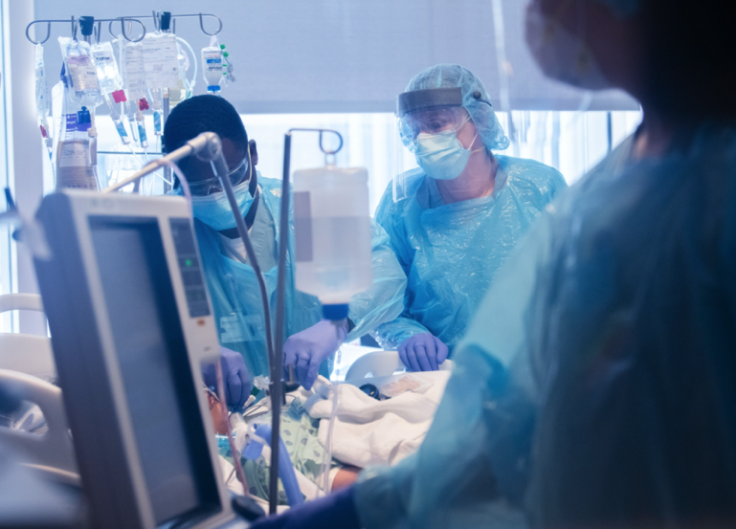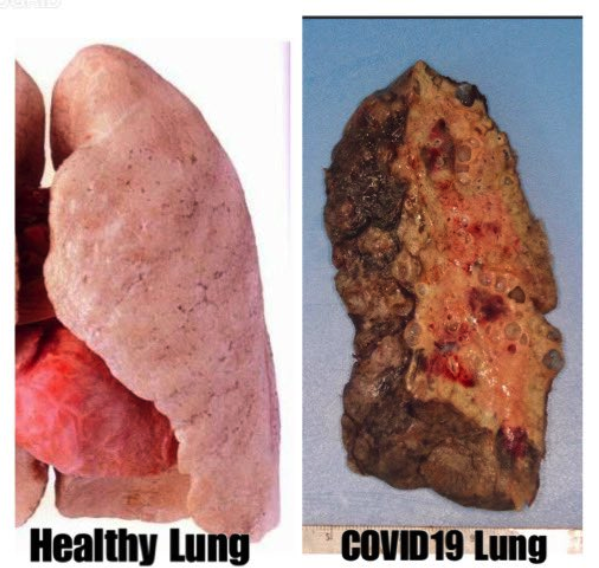In a first, a young COVID-19 patient in the U.S. received a double-lung transplant after the deadly virus completely destroyed her lungs. The patient, a Hispanic woman in her 20s who had no underlying health conditions, spent six weeks in the intensive care unit at Northwestern Memorial Hospital in Chicago after developing severe COVID-19 in April, according to a statement from Northwestern Medicine on Thursday.

She was hooked up to a ventilator and an ECMO machine that provides cardiac and respiratory support to the patient. However, by early June her lungs had suffered irreversible damage, and she was placed on the waiting list for a double-lung transplant, in which both lungs are repleaced with healthy ones from donors who have died.
Although the survival rate after lung transplants has improved over time, they continue to remain "very risky" as opposed to kidney or heart transplants. This was the first time that the procedure had been performed on a patient infected with coronavirus.
Lungs Damaged Beyond Repair
According to Dr. Ankit Bharat, who performed the procedure, the virus had left her lungs full of holes and almost fused to the chest wall.
The surgery took 10 hours, several hours longer than normal as the inflammation caused by COVID-19 had left her lungs "completely plastered" to the tissue around them, the heart, the chest wall and the diaphragm, Dr. Ankit Bharat, the chief of thoracic surgery and surgical director of the lung transplant program at Northwestern Medicine, told The New York Times. Her lung damage was one of the worst he had ever seen.
The extent and magnitude of the long-lasting health implications caused by COVID-19 can be seen in images shared on social media showing a side-by-side comparison of a healthy lung and one damaged beyond repair by the virus.

The damage was irreversible and a lung transplant was her only chance for survival, Bharat said. "We want other transplant centers to know that while the transplant procedure in these patients is quite technically challenging, it can be done safely, and it offers the terminally ill COVID-19 patients another option for survival."









